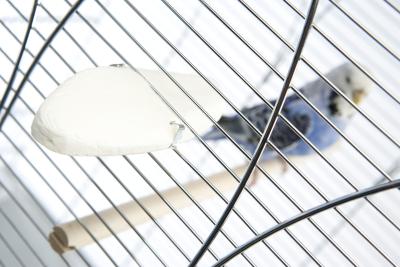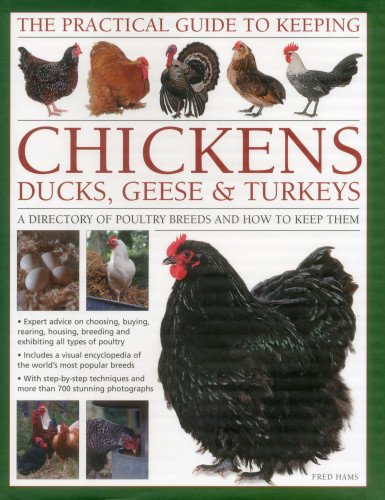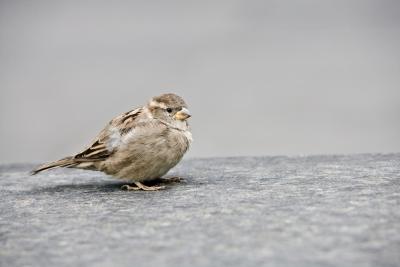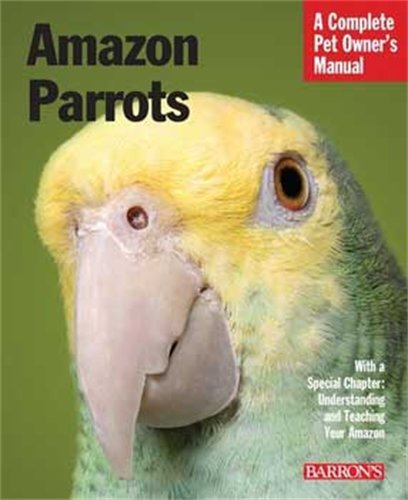

The bald eagle is a majestic bird, bringing up many emotions in people who see one soaring across the sky or perched high in the treetops. There are various theories as to why the founding fathers of the United States chose the bald eagle as the national bird. Some say it is because they often compared the U.S. to the Roman Republic which used eagle imagery prominently. Others say it is because during one of the first battles of the Revolutionary War the battle awoke sleeping eagles and as they flew from their nests and circled the skies over the men’s heads, they shrieked their raucous cries. “They are shrieking for freedom,” the patriots said. More likely, the Bald Eagle was chosen because of its great strength, beauty, long life and it is native to North America.
It took six years for the seal design to be accepted by the Continental Congress. On June 20, 1782 the C ontinental Congress adopted the design for the Great Seal of the United States which included a Bald Eagle grasping 13 arrows in one talon and a 13-leaf olive branch in the other. A shield of red and white stripes covered the breast of the bird and a crest above the eagle’s head with thirteen stars surrounded by bright rays went out to a ring of clouds. A scroll in the eagle’s beak read E pluribus unum, Latin for “out of many, one;” the added words credited to Thomas Jefferson. Yet it was not until 1787 the American bald eagle was officially adopted as the emblem of the United States after many states had already used the eagl
ontinental Congress adopted the design for the Great Seal of the United States which included a Bald Eagle grasping 13 arrows in one talon and a 13-leaf olive branch in the other. A shield of red and white stripes covered the breast of the bird and a crest above the eagle’s head with thirteen stars surrounded by bright rays went out to a ring of clouds. A scroll in the eagle’s beak read E pluribus unum, Latin for “out of many, one;” the added words credited to Thomas Jefferson. Yet it was not until 1787 the American bald eagle was officially adopted as the emblem of the United States after many states had already used the eagl e in their coat of arms.
e in their coat of arms.
Regardless of the reason, the Bald Eagle became the National Bird of the United States There was a time between 1916 and 1945 when the Presidential Flag showed the eagle facing the arrows which gave rise to the popular belief the eagle faces the olive branch during peacetime and towards the arrows during wartime.
Another legend with no evidence is about Benjamin Franklin’s aversion to the bald eagle. He never publically supported the Wild Turkey over the Bald Eagle to represent the U.S. This claim came about when Franklin wrote a letter to his daughter in 1784. The letter cites his dislike for the Bald Eagle’s behavior stating:
“For my own part. I wish the Bald Eagle had not been chosen the Representative of our Country. He is a Bird of bad moral Character. He does not get his Living honestly...Besides he is a rank Coward: The little King Bird not bigger than a Sparrow attacks him boldly and drives him out of the District.”
When Franklin wrote those words to his daughter he was criticizing the Society of Cincinnati. He opposed the creation of the Society, viewing it as a noble order unwelcome in a newly independent Republic because of its hereditary membership. He believed it was contratry to the ideals of Lucius Quinctius Cincinnatus for whom the Society was named. The reference to the birds is considered a satirical comparison between the Society of the Cincinnati and Cincinnatus. It is said artist John James Audubon also disliked the choice of the bald eagle.
The Bald Eagle is brown with a white head and tail that doesn’t fully emerge until maturity at about three years. The male and female are colored the same, but the females are about 25% bigg er than the males. The wingspan of the bird is between 5.9-7.5 feet. They fly up to 43 miles per hour and can dive at 100 miles per hour. They feed mostly on fish.
er than the males. The wingspan of the bird is between 5.9-7.5 feet. They fly up to 43 miles per hour and can dive at 100 miles per hour. They feed mostly on fish.
Eagles mate for life. The female lays two or three eggs and both parents incubate and guard the eggs. Once the chicks are born, the parents ball up their talons when moving about the nest to avoid harming the babies. The pair will use the same nest for years. Over time, the nests grow and can reach a diameter of nine feet and weigh as much as two tons. The life span for a wild bald eagle is approximately 20 years. In captivity the oldest known bird lived 50 years.
A variety of factors caused the decline of the eagle. Most notable was the use of the pesticide DDT. The eagles were especially affected by the pesticide. Though it did not kill the adult bird, it interfered with the bird’s metabolism of calcium. This made the bird either sterile or unable to lay healthy eggs. The thinning of the egg shells made them too brittle to withstand incubation. In the 18th century the estimated population of the bird was 300,000-500,000; by the 1950s the population in the U.S. had declined drastically to a mere 412 nesting pairs in the lower 48 states.
In addition to DDT, the eagles were shot by hunters and their habitat began to shrink. In 1978 illeg al shooting was reported as the leading cause of death for the birds according to the Endangered Species Technical Bulletin. In 1984 the National Wildlife Federation listed power-line electrocution and in flight collisions as well as hunting as the leading causes of death. Oil, lead and mercury pollution and also human intrusion into nests have also been a cause of death of the eagles.
al shooting was reported as the leading cause of death for the birds according to the Endangered Species Technical Bulletin. In 1984 the National Wildlife Federation listed power-line electrocution and in flight collisions as well as hunting as the leading causes of death. Oil, lead and mercury pollution and also human intrusion into nests have also been a cause of death of the eagles.
The 1918 Migratory Bird Treaty was the first protection of the bird. In 1940 the Bald Eagle Act was passed which protected both the bald and the golden eagle. This act prohibited commercial trapping and killing of the birds. In 1967 the Bald Eagle was officially declared an endangered species in the U.S. and amendments were made to the 1940 act between 1962-1972 to further protect them.
The most significant factor in the recovery of the eagle’s population was the ban of DDT usage in 1972. In Canada the DDT ban was implemented in 1989. Between the regulations and the DDT ban, the eagle population rebounded and can now be found in increasing concentrations throughout the U.S. and Canada. By 1992 the population was estimated at 110,000-115,000. Alas ka reported the highest concentration of the U.S. while British Columbia had Canada’s highest population. Currently almost half of the states in the lower 48 have at least 100 breeding pairs of Bald Eagles.
ka reported the highest concentration of the U.S. while British Columbia had Canada’s highest population. Currently almost half of the states in the lower 48 have at least 100 breeding pairs of Bald Eagles.
On July 12, 1995 the U.S. Fish & Wildlife Service officially removed the Bald Eagle from the U.S. federal government’s endangered species list. It was reclassified as “Threatened.” On June 28, 2007 is was de-listed and assigned a risk level of Least Concern category on the International Union for Conservation of Nature (IUCN) Red List. One wonders what Benjamin Franklin would say about the Bald Eagle now.
Sources:
The copyright of the article “The National Bird of the United States” is owned by Cheryl Weldon and permission to republish in print or online must be granted by the author in writing.
 How to Care for Baby Birds That Have Fallen Out of a Nest
How to Care for Baby Birds That Have Fallen Ou
How to Care for Baby Birds That Have Fallen Out of a Nest
How to Care for Baby Birds That Have Fallen Ou
 Homemade Bird Perch
Homemade Bird Perch
Homemade Bird Perc
Homemade Bird Perch
Homemade Bird Perch
Homemade Bird Perc
 The Maran Chicken
Poultry BreedsThe Maran Chic
The Maran Chicken
Poultry BreedsThe Maran Chic
 How to Find a Bird by Description
How to Find a Bird by Description
How
How to Find a Bird by Description
How to Find a Bird by Description
How
 The Blue
ParrotsThat TalkThe Blue-Che
The Blue
ParrotsThat TalkThe Blue-Che
Copyright © 2005-2016 Pet Information All Rights Reserved
Contact us: www162date@outlook.com